
Nature Protection: Where Do BC’s Major Political Parties Stand?
As we approach a BC election on October 19th, 2024, here's where BC's major political parties stand on protecting nature.
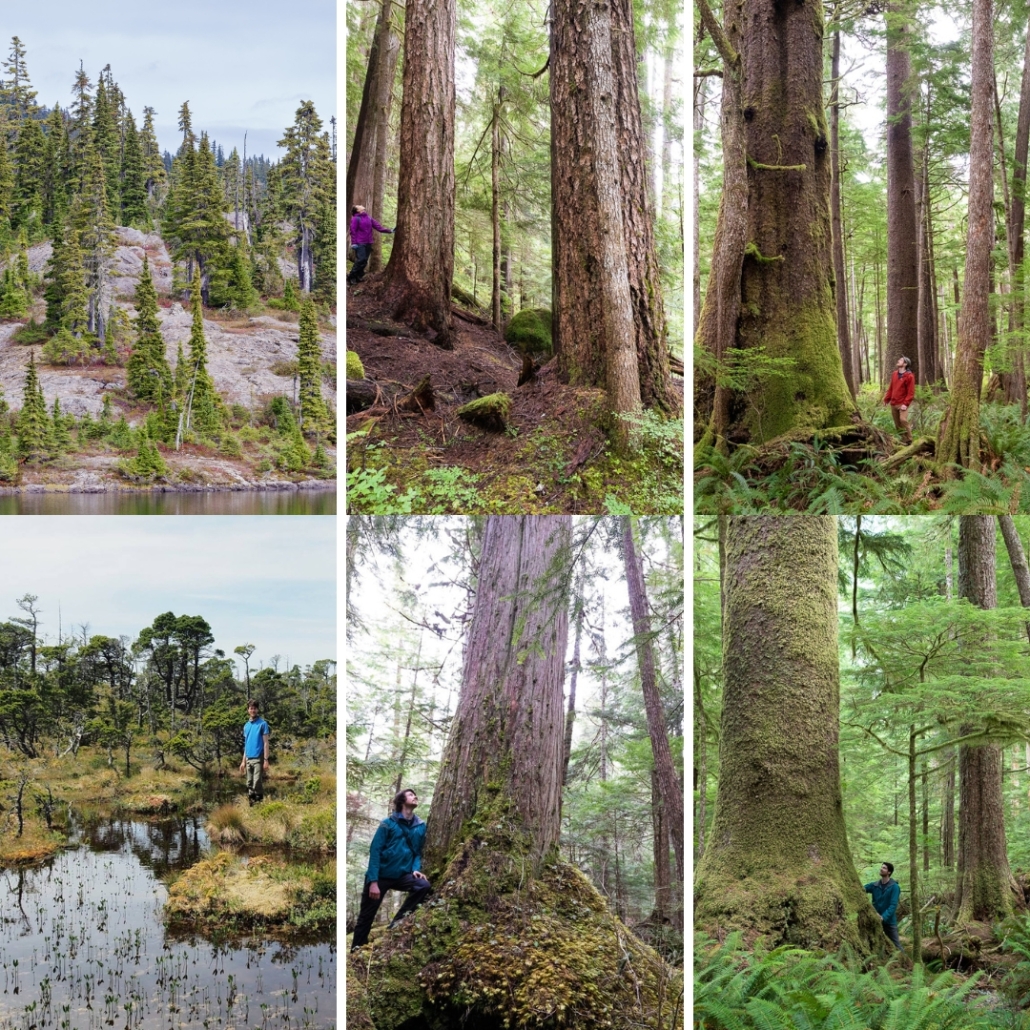
What are “Forest Productivity Distinctions”?
“Forest Productivity Distinctions” is a phrase you’ve heard us use a lot, but what does it mean and why are they important? Read on to learn more!

All About the Biodiversity & Ecosystem Health Framework
Not sure what the proposed Biodiversity & Ecosystem Health Framework entails and why it's important? Pull up a chair as we break it down for you!
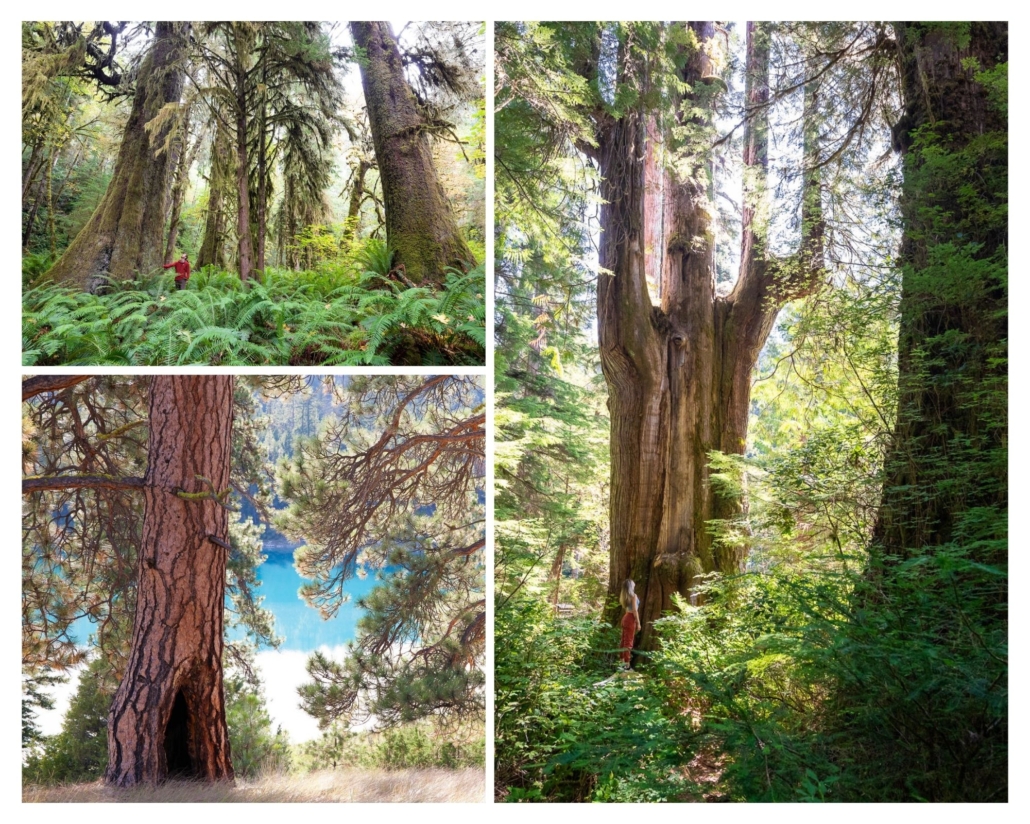
Biodiversity And Ecosystem Health Framework – Public Input Guide
The BC government is currently accepting public input on its draft Biodiversity and Ecosystem Health Framework. The following info will help you write your personalized submission. Submissions are due…
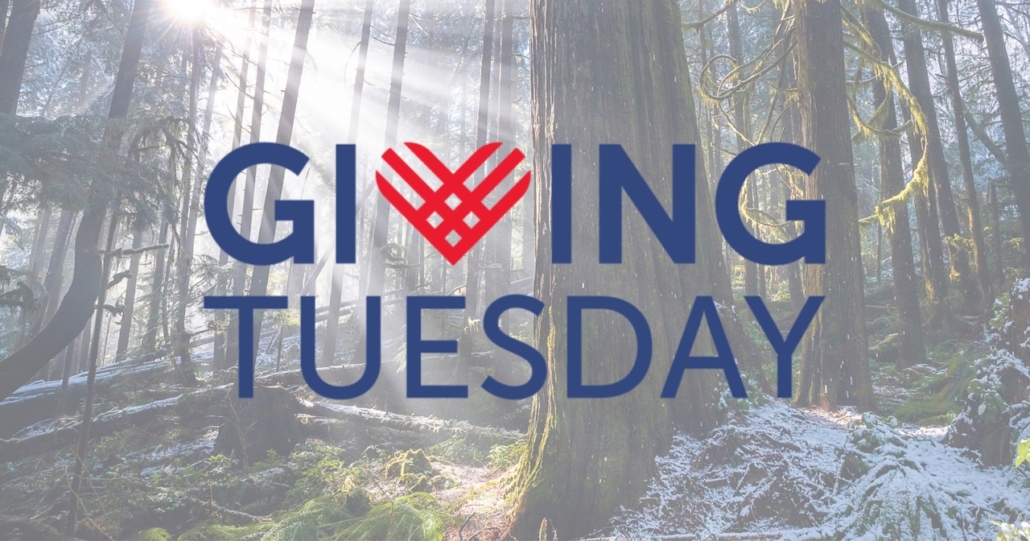
Support ancient forests this Giving Tuesday!
Two ways you can support old-growth forests in BC during Ancient Forest Alliance's Giving Tuesday campaign from Nov. 21 to Dec. 1, 2023!
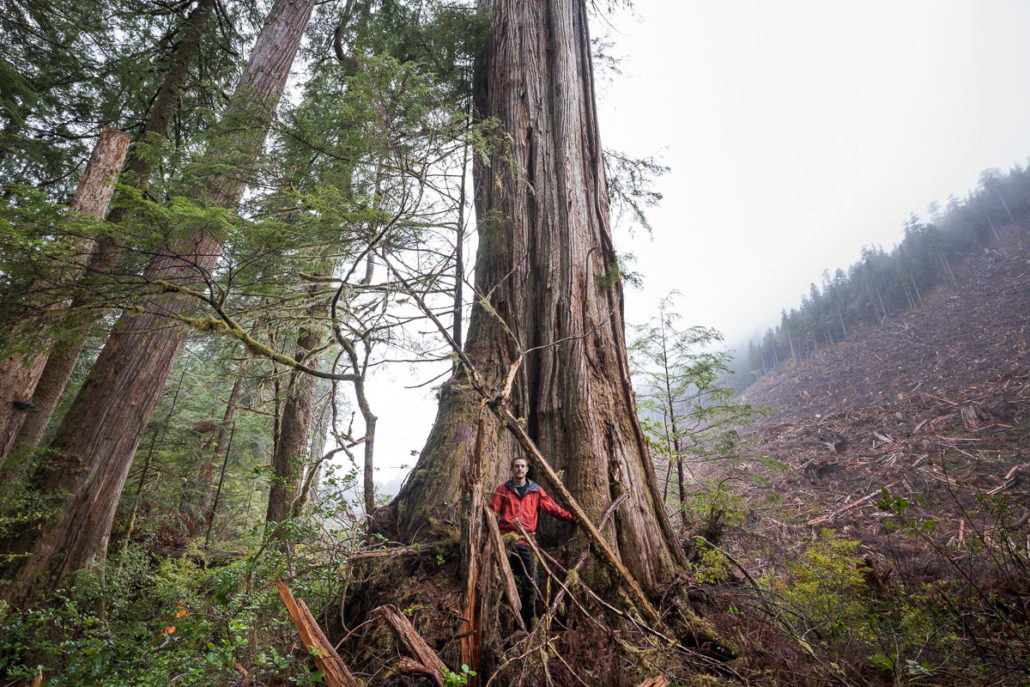
ACTION ALERT: Tell your MLA to stand up for old-growth protection and sustainable forestry jobs!
Here are the main talking points and FAQs to make contacting your MLA easy and let them know your stance on protecting old-growth forests in BC.

Happy Earth Day from the AFA!
Happy Earth Day from AFA! ? Here's what the Earth Day 2023 theme, "Invest in Our Planet", means to us.
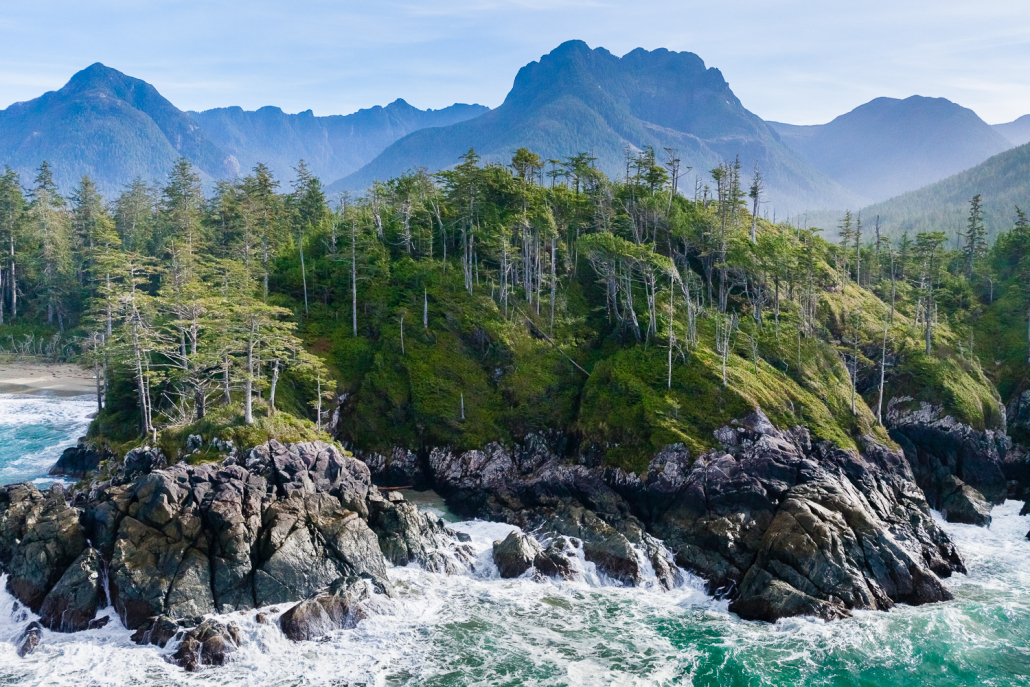
Earth Month Contest: Prints for Forest Protection!
To honour Earth Month, we’re hosting a PRINT GIVEAWAY to help protect endangered ancient forests in BC! All you need to do to enter is Send a Message to the BC government using our recently UPDATED take-action tool!
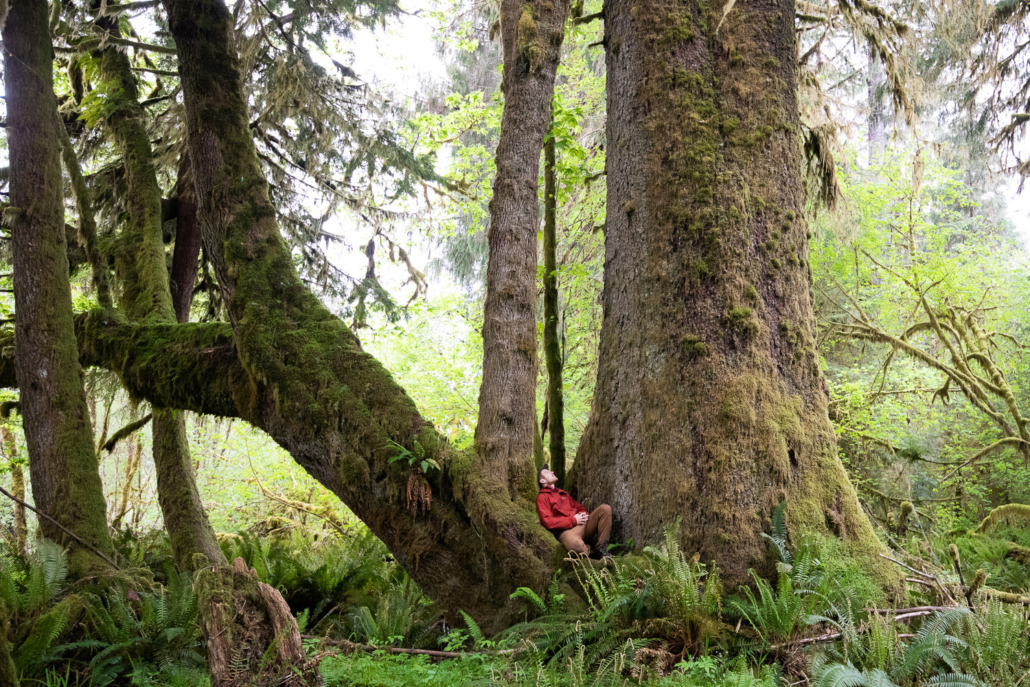
ACTION ALERT: Call for Old-Growth Funding in Budget 2023 by June 24th!
Right now until (3:00 pm, Friday, June 24th), the BC government is seeking input from British Columbians on their priorities for the 2023 provincial budget.
This is a critical opportunity for us to…
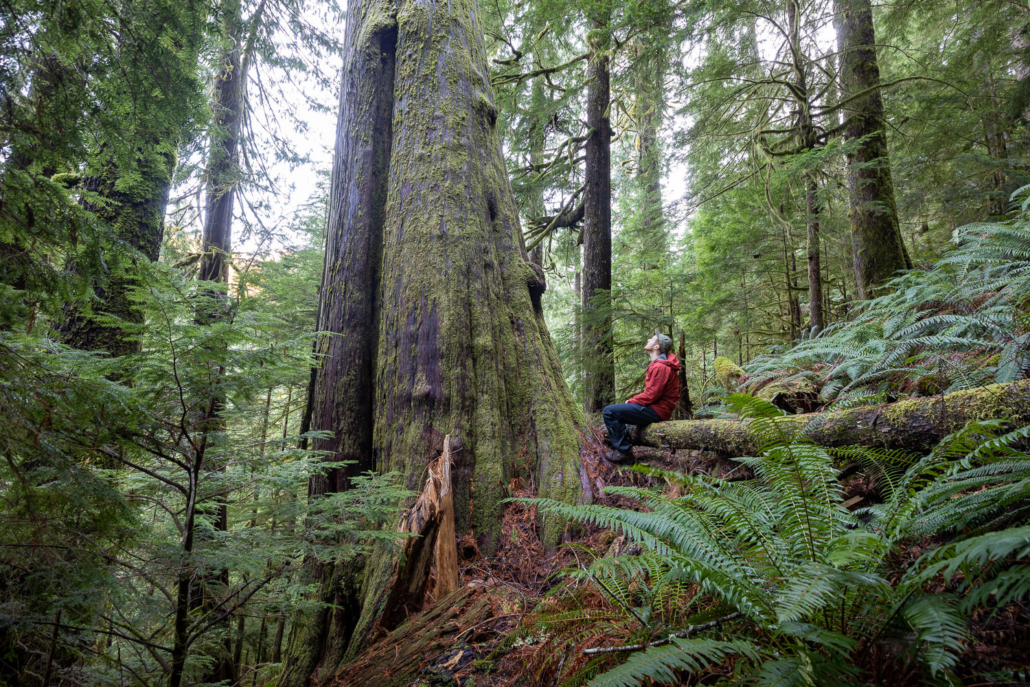
Send a Message to Demand Funding for Old-Growth Protection in Budget 2021
Without funding to protect old-growth forests, BC's ancient giants will continue to fall. Speak up today! Send a message to the BC government before April 20th, demanding funding be allocated in Budget…
